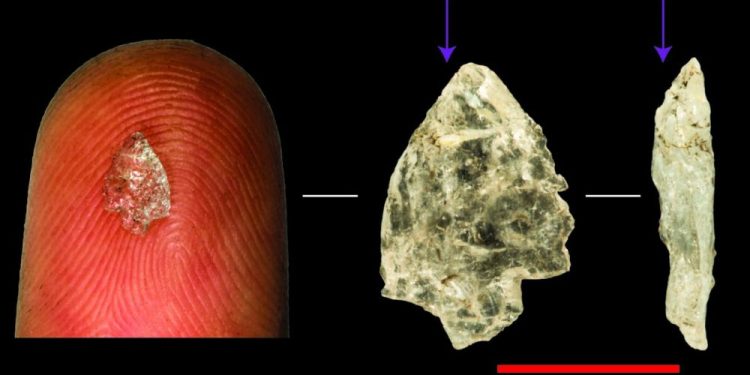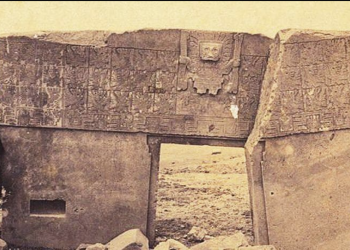Some 2.6 million years ago, ancient humans miniaturized tools and weapons in a sensational, technological boom. A study suggests that it was the miniaturization of tools and weapons, rather than tool-making itself, that set human ancestors apart from other hominids.
Tool-Making: Not Exclusive to Mankind
Although tool-making separates human ancestors from primates, recent findings reveal that it played a smaller role in human development than previously thought. Chimpanzees and macaques also use rocks to break open hard objects like nuts or oyster shells.
Ancient Humans Miniaturized Tools And Weapons
Researchers discovered that the miniaturization of tools and weapons was the critical factor in distinguishing humans from other hominids. The study was based on artifacts such as a tiny crystal quartz sliver found at South Africa’s Boomplaas Cave.
Small Stone Tools Overlooked
Archaeologists have unearthed numerous small stone tools, some measuring only an inch. However, these tools have often been ignored until now. Experts believe that ancient humans used these tiny tools, dated around 17,000 years old, to hunt small prey like hares and tortoises.
Masters of Aerodynamics
The minuscule size of these tools demonstrates that ancient humans were highly skilled at producing miniature tools and can be considered masters of aerodynamics.
Three Waves of Miniaturization
Scientists propose that ancient hominin technology experienced three waves of miniaturization, the earliest occurring 2.6 million years ago. This drive for miniaturization continues in today’s society.
Technological Boom 2 Million Years Ago
Around 2 million years ago, ancient humans miniaturized tools and weapons kick-starting a technological boom crafting stone flakes for cutting, slicing, and piercing. Our ancestors created tools and weapons so small that they could be blown off a fingertip.
Discovering Miniature Tools
Lead author Justin Pargeter, an anthropologist at Emory University, found the miniature tool at the Iziko Museum in Cape Town. He realized that archaeologists may have overlooked an entire technology, hidden behind their focus on “big” discoveries.
Have something to add? Visit Curiosmos on Facebook. Join the discussion in our mobile Telegram group.











